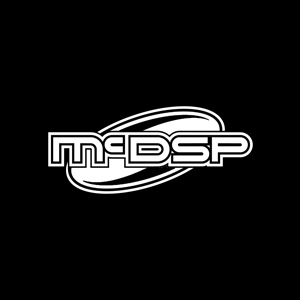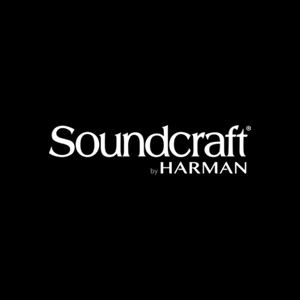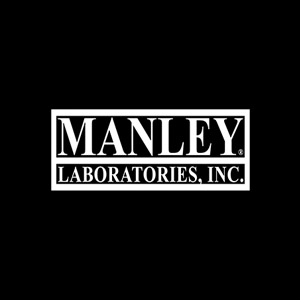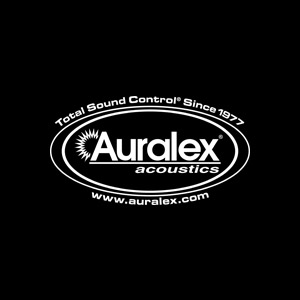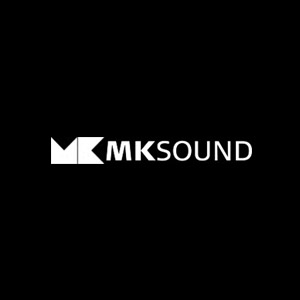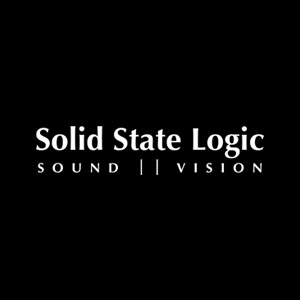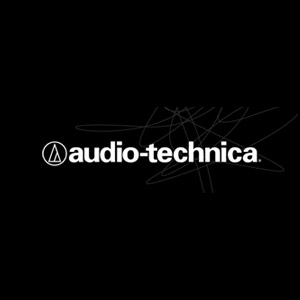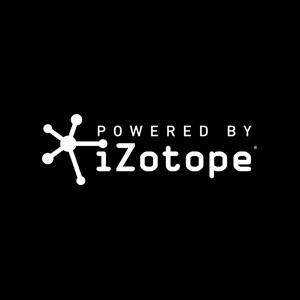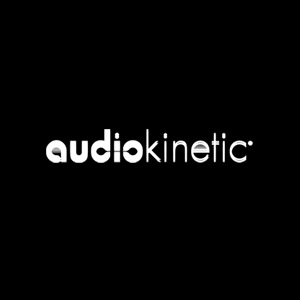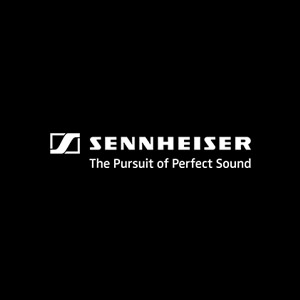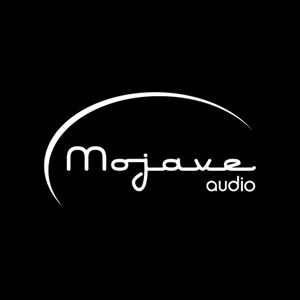Top 5 Plug-Ins for Film Sound Post Production

Our guest blogger today, James Alire graduated CRAS in 2009 and has an extensive credit list in film sound editing/mixing for film/tv here in the valley of the sun. We are very excited to share his post!
When I was asked to contribute a guest blog to Conservatory of Recording Arts and Sciences (CRAS), I had a hard time deciding what to write about. I initially thought maybe I should discuss work ethic, or proper interning, or how to get jobs. But then I realized going to CRAS gives you enough knowledge to do all this. You don’t need me to merely reiterate what they teach.
So I contemplated what has made my job as a Film Sound Editor/Mixer easier, and I immediately considered plugins. When I first got into post audio mixing I did everything the hard way, a circumstance for which I’m grateful because it taught me the fundamentals of film audio editing. I would almost describe it as learning multiplication and division in elementary school the long way with a pencil and paper before being able to use a calculator in high school. However, when I came across the “calculator”, it made my workflow so much faster and more efficient.
Not all of these plugins make post audio easier, but these are definitely my top 5 go-to plugins. Unless I am working on a simple short film that doesn’t require it, I use these plugins for every one of my mix sessions.
EQ
The specific EQ plugins I utilize vary based on the software I am using. If I am in Pro Tools I tend to gravitate towards the Waves Renaissance EQ plugins. However, if I am in Audition, I’m perfectly content just using the in channel EQ or the basic EQ plugins that come with Audition.
EQ is used for all types of mixing, whether it be music, live sound or film audio. Although for film, it can be used is a wide variety of ways. For interview and corporate voice-over type work I use it to enhance the dialog/VO, especially if it has a music bed underneath it. For film I like to make use of it to roll off all the low end of my dialog, usually around 100Hz. This removes most of the low rumble from buildings and traffic. I also use it a lot for SFX, whether to make it sound like something is on the other side of a door, or to make dialog sound like it is coming through a cell phone. Either way EQ is used for almost everything I do on a daily basis and I would be lost without it.
Compressors
Compression is sometimes used on dialog tracks as a way to level the volume, but I personally don’t do this. The only time I use compression is for my music tracks. Most music is supplied by either the composer or the editor and is usually already mixed per song. The only thing I do with music is place it where it goes and add the automation for the level during the specific scene. If I am doing a surround mix, then I will adjust panning for that. I don’t add compression to all my music tracks, but I do prefer to have all my music tracks flow to an aux/stem track. Then I add a mastering compressor on that track. I would say 9 times out of 10 I add the SSL G-Master Buss Compressor, mostly because I am used to it and it works. So why change it?
Wave Rider
I started out using a plugin from Waves called Vocal Rider. Vocal Rider works for music vocals by “riding” the volume, and automates the level of music vocals to be consistent. It can be used for film as well, but for film I didn’t like the output of the plugin because it only automated the plugin automation track. I would much rather have it automate the volume track so I can fine-tune it using the mixer.
Then I came across an article that mentioned a plugin called Wave Rider. This one described itself as being for vast use, so I assumed that meant music and film. I instantly fell in love with this plugin.
Wave Rider is not used like a plugin, meaning you add it onto a track’s signal flow and the signal simply passes through it on that individual track. Instead it is set up as a virtual software controller. Then you add it to a track and tell it what track to control. Just because you put Wave Rider on track 1 doesn’t mean it will automate track 1. This feature comes in very handy for VO/Interview type work because you can use a ducking feature of the plugin which will automate music volumes when there is VO present.
There is definitely some fine-tuning required when leveling dialog with this plugin, but the amount of time it saves is truly useful in a field where time is money.
VocAlign Pro
When I am in post production for a film project, a lot of times I find myself having to do ADR. I personally have a love/hate relationship with ADR. This is mainly because when you deal with actors, not only do you have to get them to say their lines perfectly in sync with the film, but you have to help them get back into the character they were in when the scene was shot. I found myself focusing so much on getting them to be in sync that it took away from the delivery and affected the scene at times.
One evening I was searching the internet and came across a plugin called VocAlign Pro. The basics of VocAlign Pro are that it reads the waveform of your dubbed track, and automatically edits the ADR track to be in sync. Without delay I bought it and the first time I used it I was amazed at the results. You’ll still want to do your best job getting the ADR lines in sync when you record them, but with this you can focus more on getting the best delivery from the actor without being too distracted by getting the dialog to sync up perfectly.
iZotope RX3
I decided I would save the best for last in my list of my top plugins, and the best is theiZotope RX3 suite (even though I realize they released RX4, but I haven’t gotten that one yet). The RX3 suite is a series of software plugins used for cleaning up and restoring audio. This can be used in a wide range of ways from film to audio forensics.
I could write an entire blog just about the RX3 suite and why I love it, but instead I want to focus on the one piece of it that I use faithfully, and that is the Dialogue Denoiser.
The RX3 Dialogue Denoiser is a real time vocal and dialog treatment program that analyzes and removes unwanted background and ambient noise from your track. By cleaning up the production dialog, this has saved me countless hours of having to do ADR. One of the unique features of this plugin is the “set it and forget it” mode that analyzes your track and removes unwanted background noise in real time.
I run a lot of dialog tracks through this suite of plugins. I highly recommend making the investment if you find yourself doing a lot of film work.
Final Thoughts
There are many other plugins out there that make post production life a lot easier, and plenty of them are on my list of items in which to invest. However, before you run out and start buying a collection of plugins, work things out the long way first. By doing so you will allow yourself to become a much more diverse engineer, and that will allow you to use these plugins a great deal more effectively and efficiently. However, my best advice for achieving great-sounding post audio mixes is to obtain the cleanest production audio you can. So make sure you do everything you can to make that happen on set and you’ll be rewarded with less work needed in post.
You can find out more about James and 5J media on Facebook: https://www.facebook.com/5jmedia
Thanks so much for sharing these plug-ins with us! We look forward to having more posts from you!


